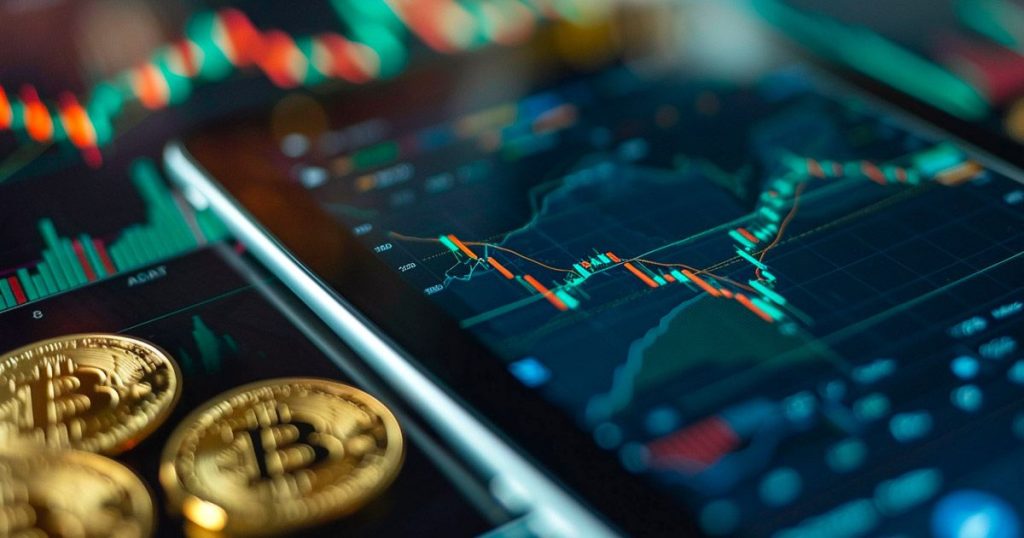Bitcoin’s Surge Above $70K: Analyzing the Role of Exchange Inflows

The recent surge in Bitcoin’s price, crossing the monumental $70,000 threshold, has been a significant event in the cryptocurrency market. This article examines the role of exchange inflows in this price movement, exploring how they might have influenced the market dynamics and what this means for traders and investors.
Understanding Bitcoin’s Price Surge
The Milestone of $70,000
Bitcoin reaching $70,000 marks a historic moment for the cryptocurrency, highlighting its volatility and the tremendous investor interest that drives such peaks.
Factors Contributing to the Surge
- Institutional Investment: Increased interest from institutional investors has significantly impacted Bitcoin’s valuation.
- Market Sentiment: Positive news and market optimism have fueled speculative trading.
Role of Exchange Inflows
What are Exchange Inflows?
Exchange inflows refer to the transfer of Bitcoin into exchange wallets, typically signaling that investors might be preparing to sell.
Impact of Inflows on Bitcoin’s Price
- Increased Liquidity: Higher inflows often lead to increased liquidity on exchanges, making it easier to buy or sell large amounts of Bitcoin.
- Price Volatility: Significant inflows can lead to price volatility, as the potential for large sell-offs can create uncertainty.
Analyzing Current Inflow Trends
Patterns in Recent Inflows
Examining the data from various exchanges shows a notable increase in inflows coinciding with the price surge, suggesting that some investors were moving Bitcoin to exchanges possibly to capitalize on the high prices.
Implications for Market Behavior
- Short-term Traders: Traders might see these inflows as a sign to adjust their strategies, possibly taking a more cautious approach.
- Long-term Investors: For long-term holders, the inflows might be less concerning, as their focus tends to be on broader market trends rather than short-term fluctuations.
Predicting Future Movements
Given the current trends and historical data, we can speculate on possible future movements:
- Potential Corrections: If inflows continue to increase, there might be a price correction as some investors take profits.
- Sustained Growth: Conversely, if inflows slow down, it could indicate that investors are holding onto their assets, possibly leading to sustained price growth.
Conclusion
Bitcoin’s recent price surge above $70,000 has been a notable event influenced by various factors, including significant exchange inflows. As the cryptocurrency market continues to mature, understanding these dynamics becomes crucial for both short-term traders and long-term investors.
FAQs
- What caused Bitcoin to surge above $70,000? The surge was driven by a combination of institutional investment, positive market sentiment, and significant exchange inflows.
- What do exchange inflows indicate in the context of Bitcoin? Exchange inflows typically suggest that investors are moving their Bitcoin to exchanges possibly to sell, which can impact market liquidity and price volatility.
- How do exchange inflows affect Bitcoin’s price? Large inflows can increase liquidity and lead to price volatility, as they may precede significant selling activity.
- What should traders consider with high exchange inflows? Traders should monitor these inflows as indicators of potential price movements and adjust their strategies accordingly.
- Can exchange inflows predict future price corrections? While not a definitive predictor, sustained high inflows can often lead to price corrections if they result in increased selling pressure.





